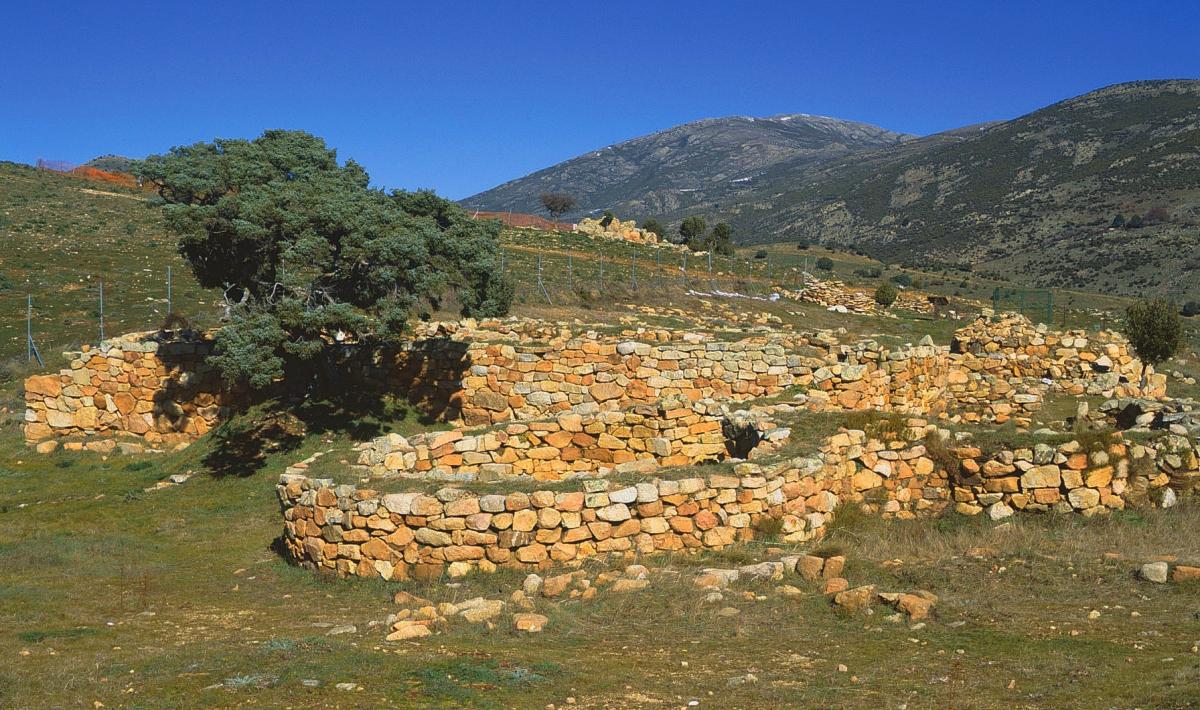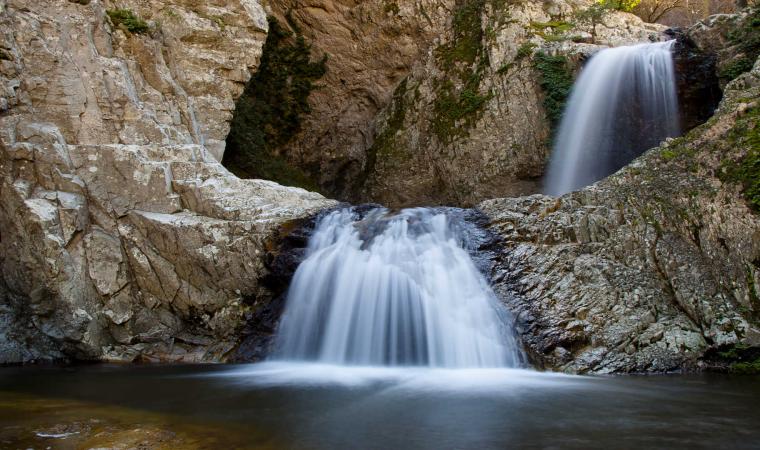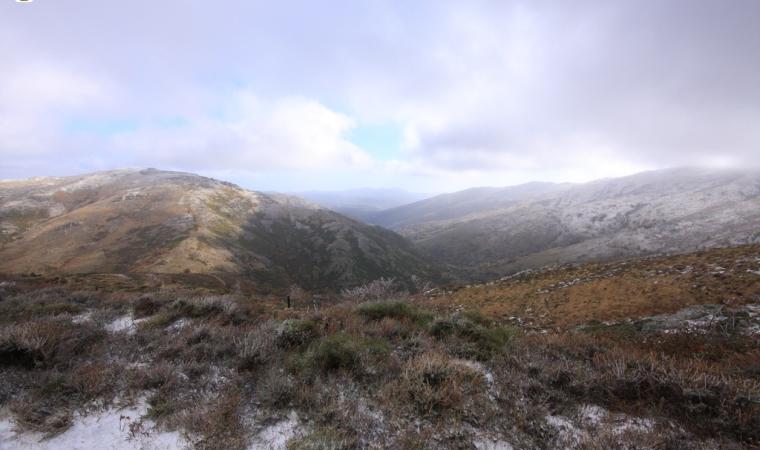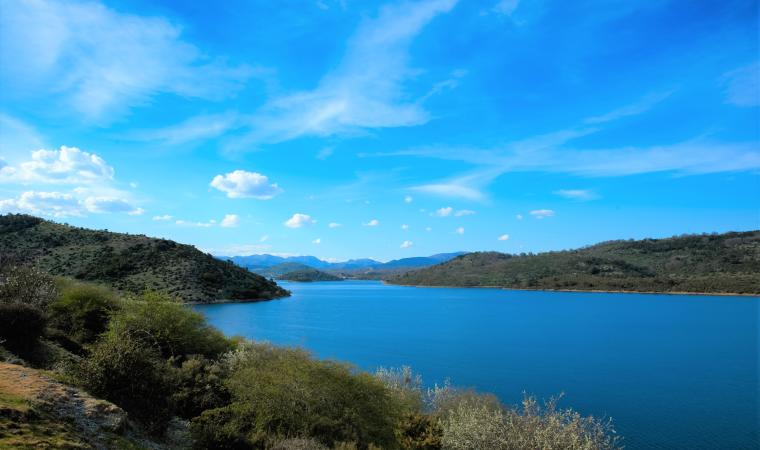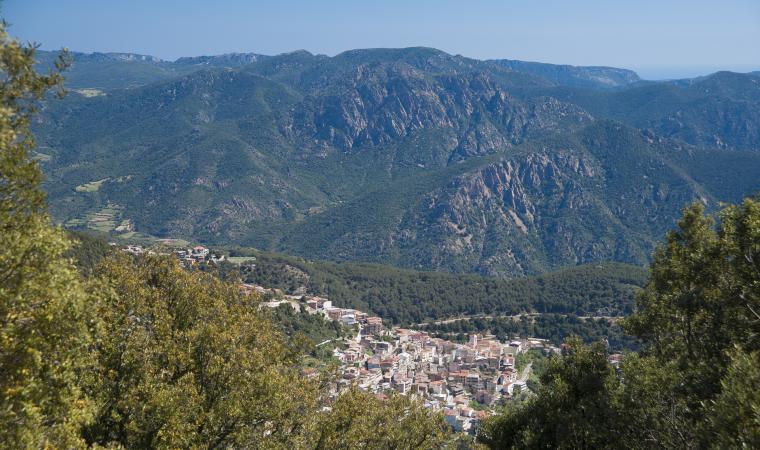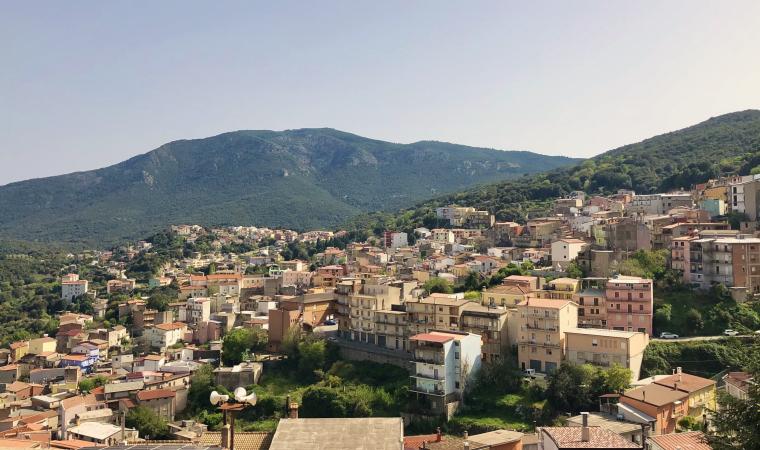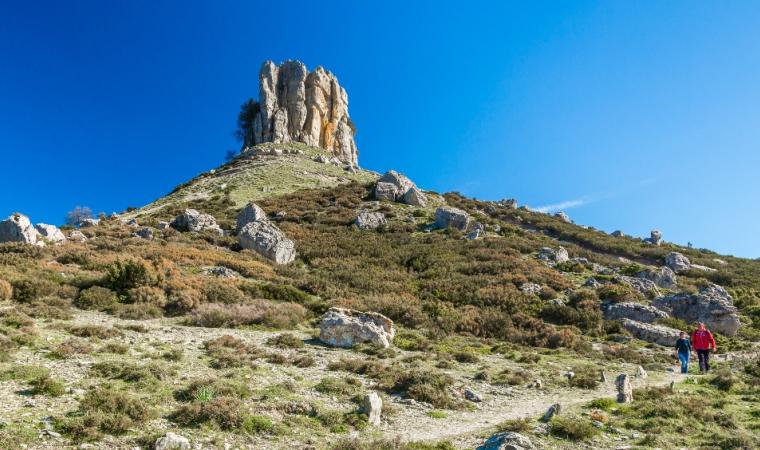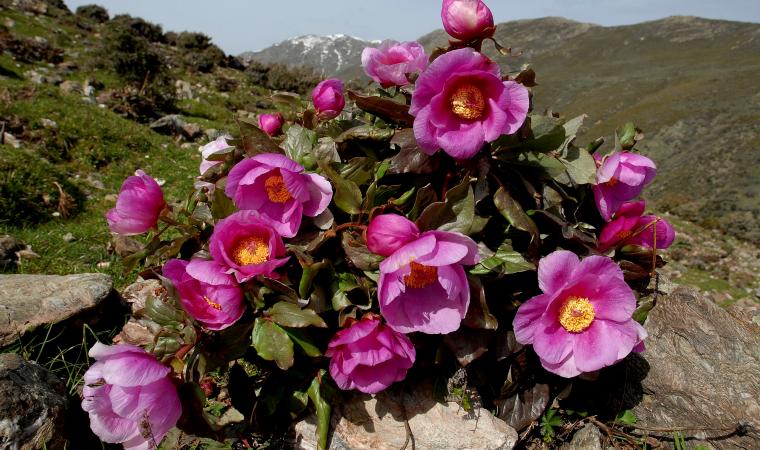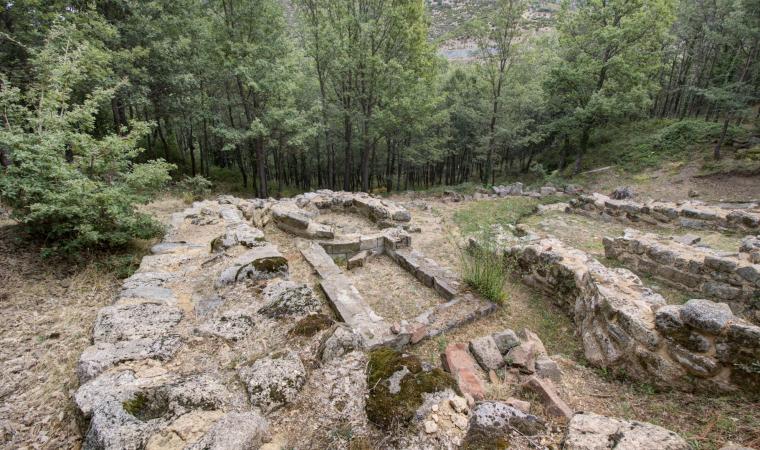A people who lived in symbiosis with nature, who expressed their spirituality venerating water, who constantly improved their skills in crafting stone and metals. Between Ogliastra and Barbagia, in the domain of Villagrande Strisaili, the riu Pira ‘e Onni valley is home to an intricate and fascinating archaeological complex many of whose characteristics can be ascribed to the Nuragic civilisation. It is called s’Arcu 'e is Forros, a symbol of the evolution of cultural characteristics from the Bronze to the Iron ages, and of relationships with civilisations far beyond Sardinia.
It’s a village/sanctuary built over a previous settlement of huts on a plot of land bordered by two streams. The sacred and residential areas include three temples, two areas with huts and, not far away, a three-lobed nuraghe.
The main temple, megaron-style, is 17 metres long, made of granite and schist, and has four rooms. Around it is a temenos, that is, a sacred enclosure with benches carved into the base of the perimeter wall that were likely used as seats for the faithful or as a depository for their offerings. The stone plinth along the inner walls was probably used for the same purpose. Along the western side is a narrow channel that leads to a small rectangular opening, probably used for the runoff of ritual water. The second temple is very similar, including the temenos, only smaller. It had an altar made of square blocks of different colours and materials, basalt and trachyte, neither of which is local and therefore most likely imported for the purpose. Two high relief protomes of rams decorated the frontal conches, while higher up another four conches, carved to resemble Nuragic towers, supported the sacred fire. Most of the altar has been removed and is now housed at the Archaeology Museum of Nuoro.
The residential and artisanal parts of the complex were comprised of two areas, groupings of buildings set around a circular courtyard with a fire pit at the centre. In the larger of these two “neighbourhoods,” aside from the houses, were also kilns to melt lead and recover metal from the votive offerings. The two circular structures you’ll find near the first temple were probably also ovens, small towers with openings at the base. These structures, to which we must add a third temple with a hearth, are what make s’Arcu 'e is Forros the most important Nuragic metal working centre found in Sardinia up until now. They bear witness to the intimate connection between sacredness and technology: the metal was used to make votive offerings that were then kept in the temple. But not all of the items found in the area were locally produced. Many priceless finds – metal and other – came from Etruria, Greece and the Near East, proof of the intensity of contact and trade with other Mediterranean peoples.

